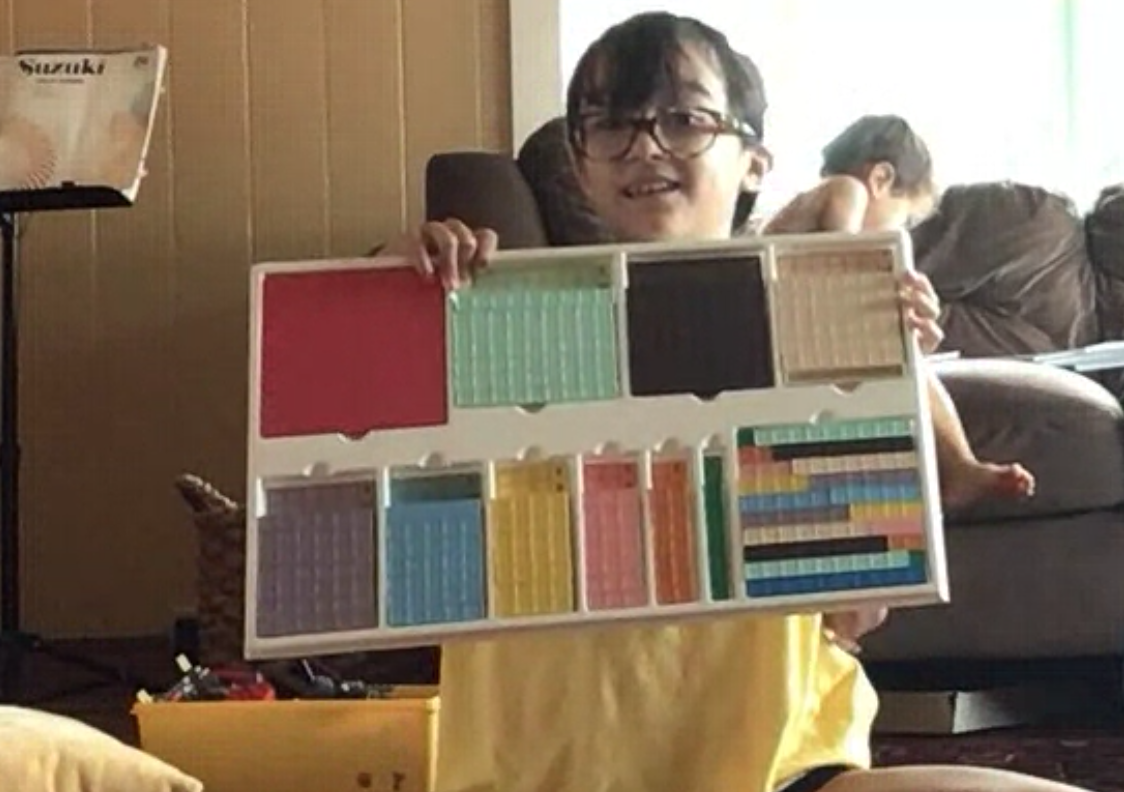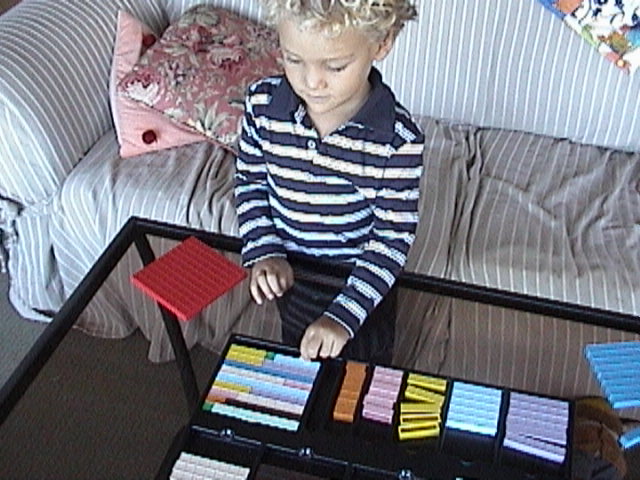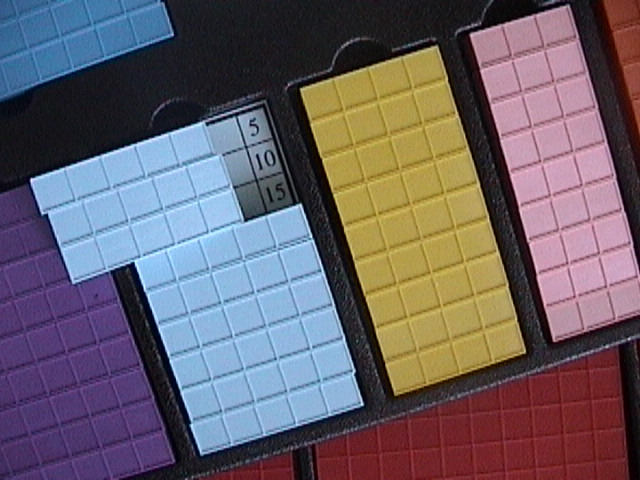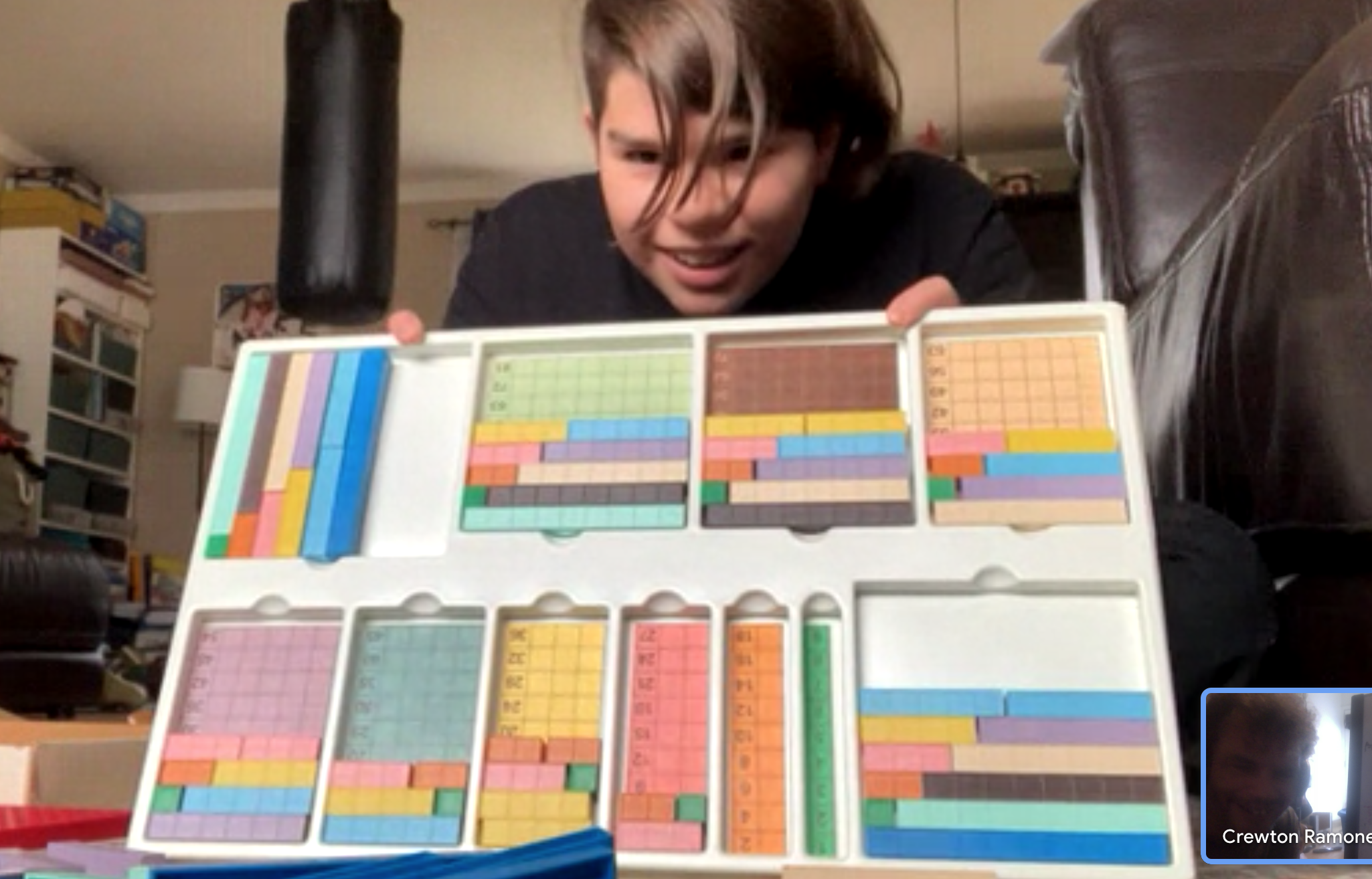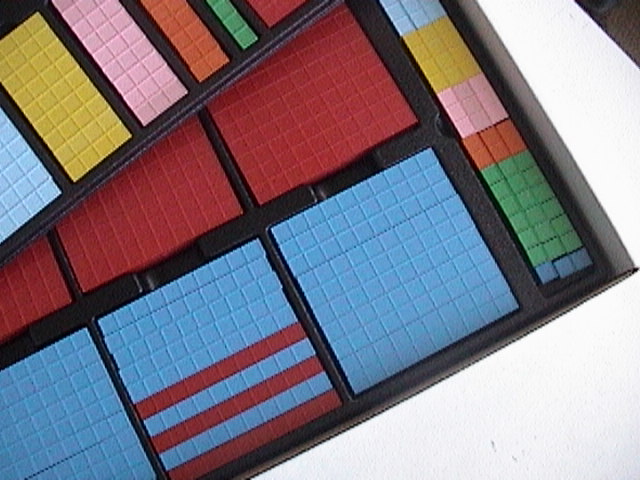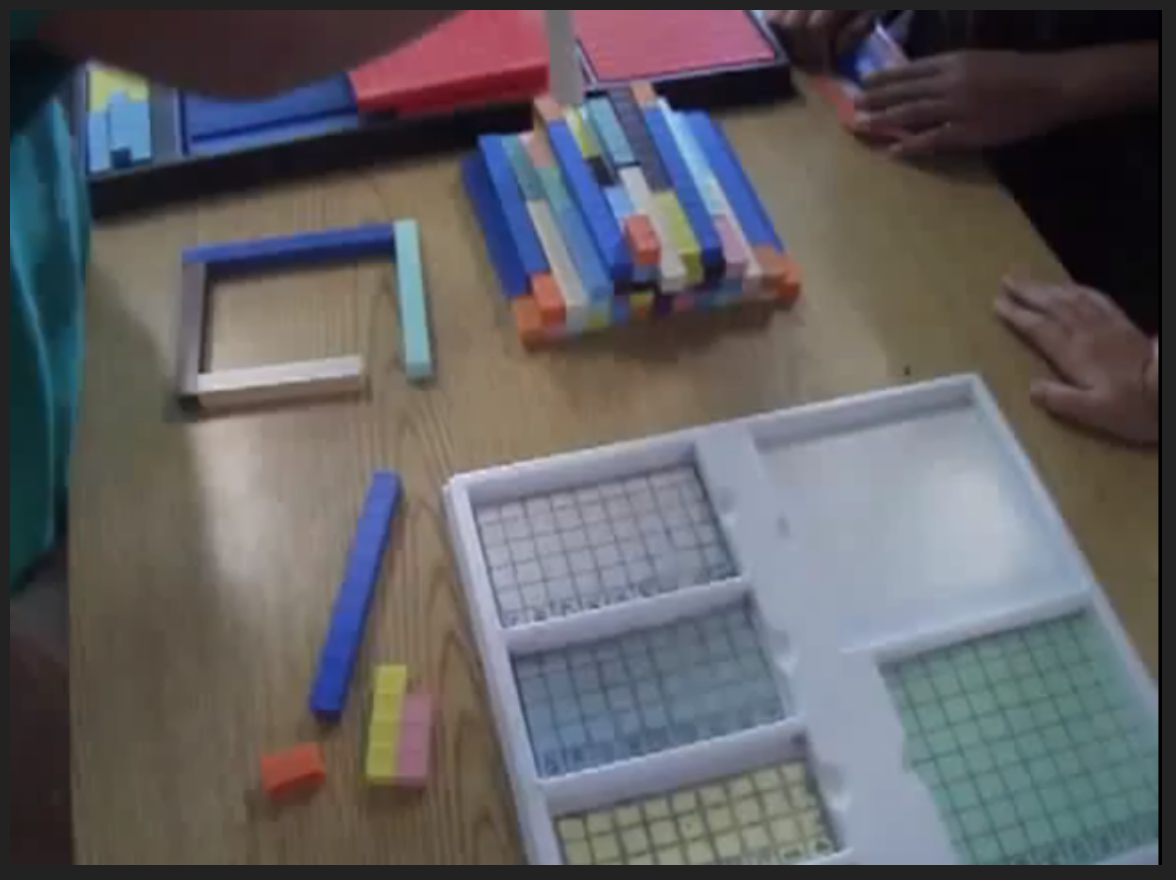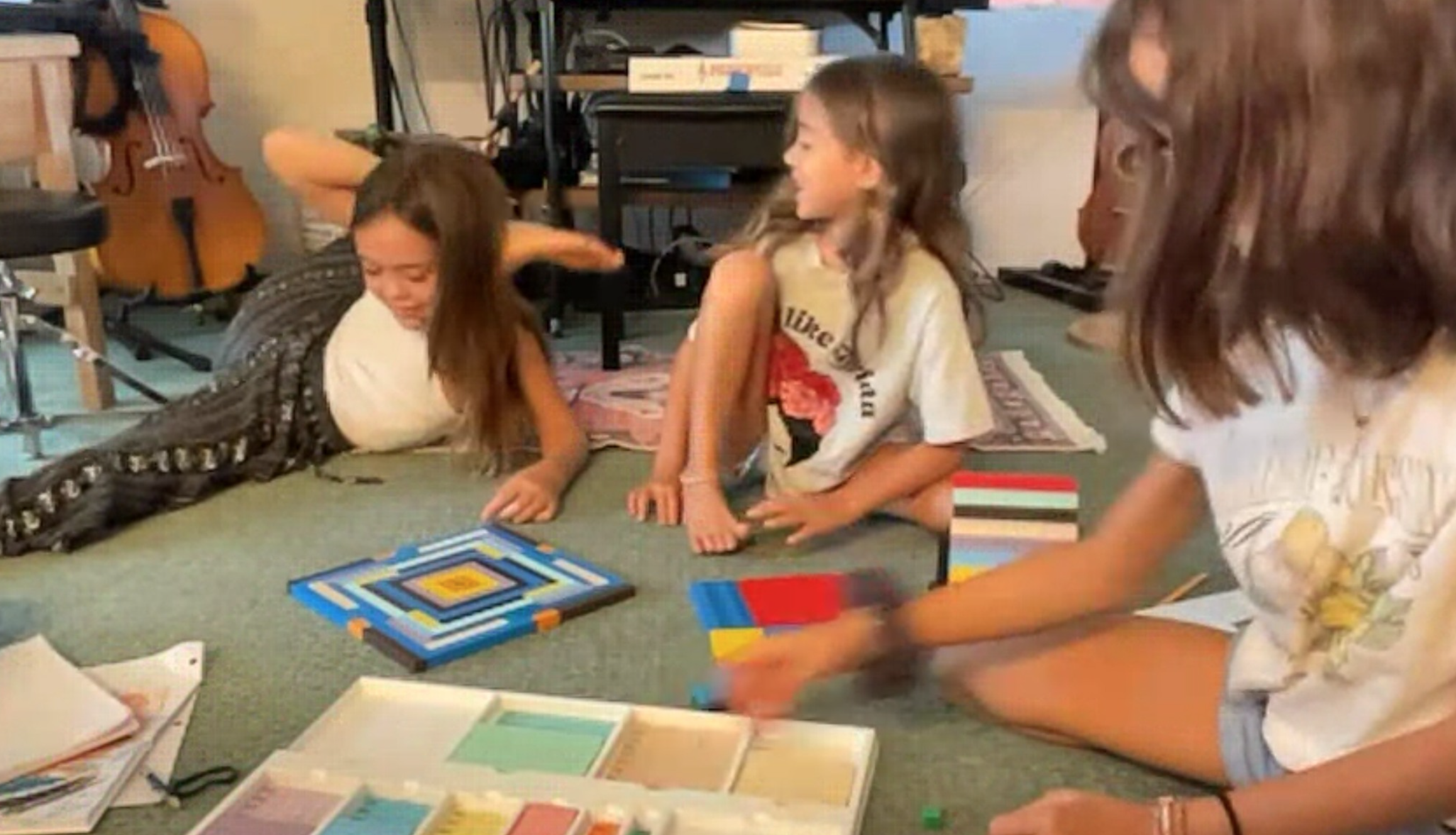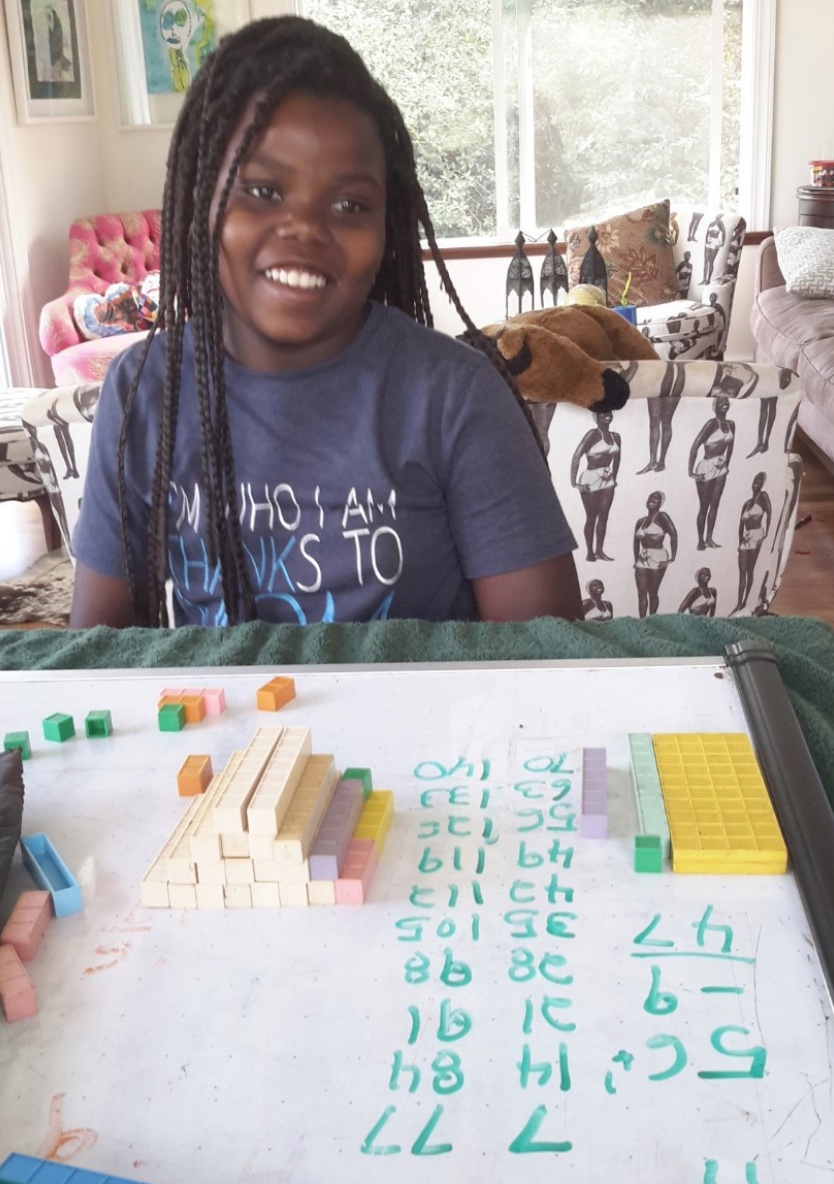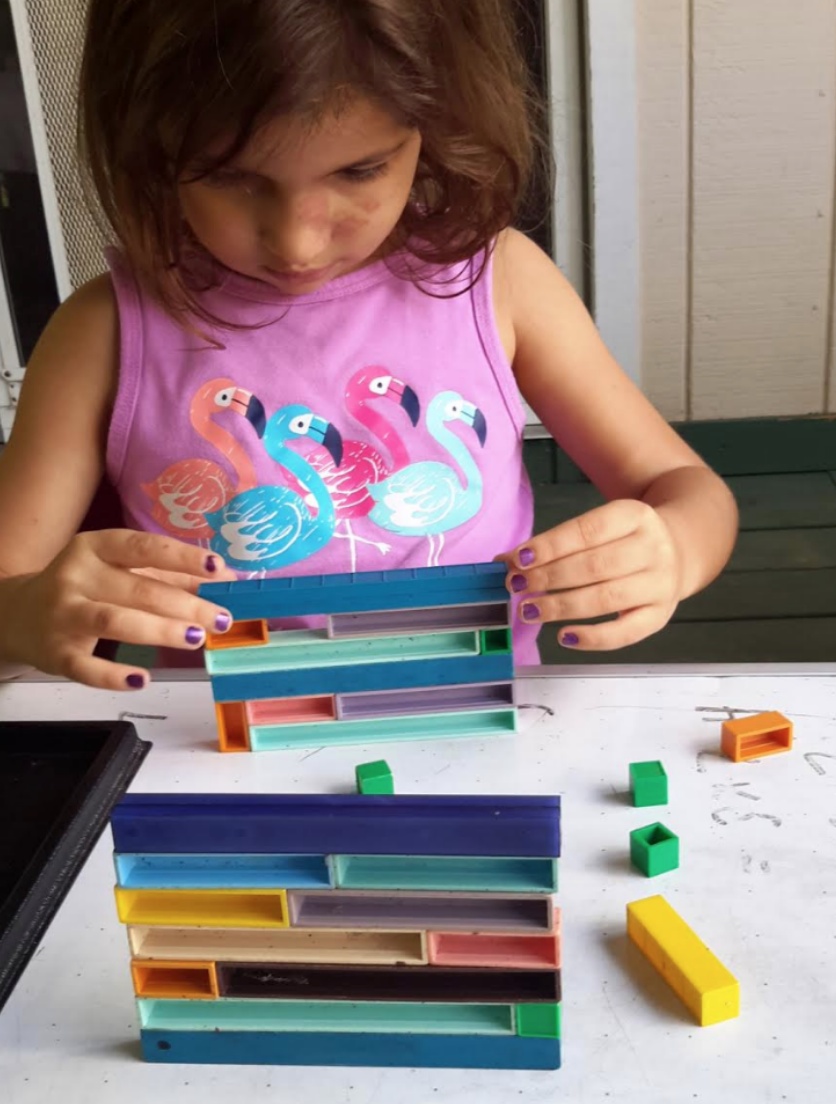Base Ten blocks
Getting Started
Page
Season's Greetings.
Welcome ARCHAIX Click Here. page not finished yet.
Turn Archaix into a nine digit number using letter number code, put Capital A where the ones go: AA8******and there is the password, or just email me. Special offer and video explanation coming soon, i've been busy:
many pages have been added.
INFORMED people are harder to fool.
Math informs.
SALE!!!
30 Video lessons with a bright 7 year old. Do the math. Currently 23 lessons plus some other goodies. You sit in on video lessons & see how and what i do, when i do it, and why. For basically no money. The method in action. 10 hours to start, with more instruction added weekly. Just do what i do in your homeschool.
Click for details.
Prices have gone up.
$1249.00 Passport (includes McCrae's Page)
Individual passwords from $97.00
i have made lots of page changes and it took (a lot) longer than i thought. Hours of instruction and example lessons have been added. New "courses" have been added. New PDFs too!|New look behind paywalls so be sure to refresh pages even if you were just there. Check out the new fractions page! Includes video making understanding ratios easy. And a new section is being added with the trivium includes FREE Montessori Training by Maria herself. And oddly enough information leading to f i v e star US passports and more will eventually be part of this website.
ALGEBRA COURSE SALE!
Success Guaranteed.
Algebra with base ten blocks online!
30 Hour Course.
Click for details.
NEW!
Fractions Page
SIX Base Ten Block BOOKS, one low price, $19.99.
"Advanced" Algebra
Now counting trough *calculus. Yes you too can do third and fourth power algebra with second graders. See for yourself.
Absolutely Amazing Addends
Wildly Wondrous Work Books
***
Base Ten Block CRASH COURSE
Just $97.00
***
Hourly rate is now $60.00 x 5 = $300.00.
$75.00 single classes.
Schedule Meetings
With
Crewton Ramone
Use the contact link for payments & to schedule meetings or for other communication if you can't find the right paypal button.
NO MYSTERY THEATRE
Crewton Ramone's No Mystery Theatre
Now Has A Second Page!!!
(More FREE vids!)
And pardon me: for those of you that can't do math, the November 2020 election was absolutely stolen. Very basic math. Trump won in a landslide, so did a lot of others...this is why YOU need math. This will be proven beyond a shadow of a doubt in 2025. And here we are.
\\\***///
CHECK YOUR SPAM FOLDER ESPECIALLY AFTER YOU BUY PASSWORDS OR BOOKS.
You will have them in hours not days or weeks.
Foreword: This page is semi-outdated. This is basically and adaptation of a hand out we used to add to kits to help people get going. The CSK is no more, but the descriptions of the material should come in handy and the basics of getting started are outlined here along with video designed to introduce you to the model and the Mortensen method and get you started off right. Where you go is up to you. Hopefully you go beyond just homeschooling your own students and you start start a lucrative "side hustle" and if you are a "school teacher" (you teach school), and you implement this method in your classroom. you will have stellar results.
“The secret of getting ahead is getting started.”~Mark Twain
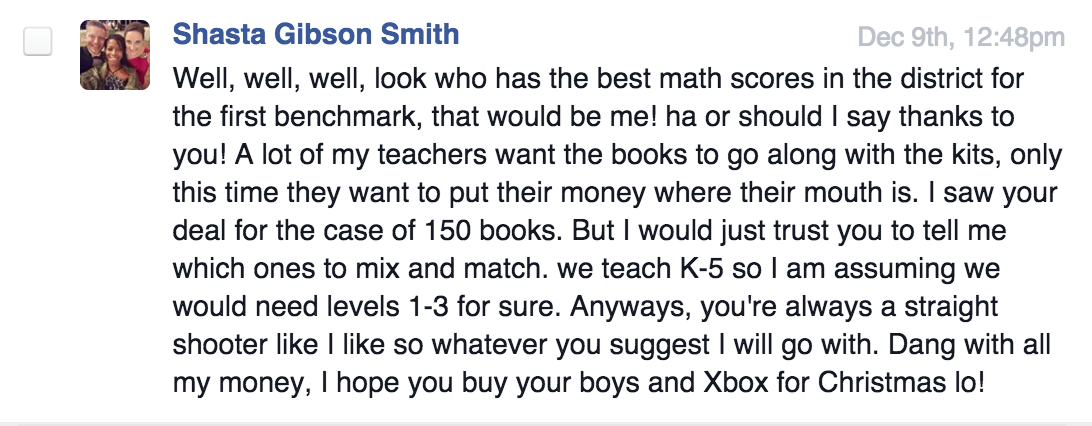
Base Ten blocks:
get started off right with yours!
(Getting Started With Mortensen More Than Math)
Base ten blocks make teaching math EZ PZ. i now have enough content on the web that people have told me, "it's a little overwhelming. What do I do?"
Apparently my response which is, "Just get started." Hasn't been received well in certain circles. Hence this actual getting started Page. But seriously: short answer build stuff with your base ten blocks and count it.
The much longer answer:
Getting started with the five basic concepts.
One Hour Overview:
i start here with the Mortensen Math Curriculum Starter Kit and move on to the website itself later. (The CSK has been "discontinued" by Mortco but it gives a good description of their materials.) Simply put, "Crewton Ramone" is unique on the entire internet so just search with ANY search engine for what you want to know. Crewton Ramone algebra. Crewton Ramone Fractions. Crewton Ramone Radicals. Crewton Ramone Completing the Square. Crewton Ramone Pythagorean Theorem. Crewton Ramone base ten blocks or Crewton Ramone fishing & plumbing supply etc. Watch the vids read the pages. What? It's not hard. You need at leaste a combo kit or some base ten blocks/manipulatives.
As i said i stole much of this this from an old hand out that we used to copy and put in the kits of base ten blocks. They also sold photocopies of it for $5.00 to cover shipping and handling. Somebody had to make a copy and stick it in an envelope. It was written by Brian Templin, and another guy who later committed suicide and shall remain nameless, and proof read by Jerry Mortensen himself. i was there. Now i am putting it here with some very unapproved updates, edits and additions. You may also want to spend some time on the concepts page since this is concept based teaching. Also: Find The EZ PZ overview and go through that. For free training and information on the classical method visit the liberal arts section of the house of math.
GETTING STARTED WITH THE CSK
Mortensen more than Math was designed by Jerry Mortensen for all age groups interested in studying mathematics, he took from several sources including the Montessori method where you will find the matching color schemes for the base ten blocks, teaching techniques like the three period lesson and more. As has been said many times, many ways: he stood on the shoulders of giants and saw farther. Whether you are working with students age 3 or 103, Mortensen Math is fun, exciting, and understandable. It takes the best from many methodologies and synthesizes them into one uniform method for visualizing and teaching the mathematics using base ten blocks. He spent years using this method on students as have i. After about 30 years or so you see what works and what doesn't. The classical method works. Maria's method works.
Your first objective is to explore and become familiar with the materials & methodology yourself. Then let children investigate and play. Observe them as they play. Children will learn many concepts with very little help from you: same as, longer than, shorter than, one more than, etc. They may not be able to verbalize these ideas immediately, but they are gaining experience that will make learning concepts and facts easy. Just allow them to play with the base ten blocks. Later you can add more and more meaning and point out where the symbols come from, this is the concept of vertical alignment.
Read the Games and Activities Manual selecting one or two activities that are appropriate for your child. Many of the activities can be modified to be used with older or younger children to build on different skills, games with base ten blocks are limited to your imagination. As you become more familiar with Mortensen Math you will see how the same games can be modified slightly to teach and emphasize various topics.
Success Guaranteed.
Make a point of referring back to the Games and Activities Manual for a different activity at least once a week. Here is the Games and Activities Page. [Eventually I will have an updated Games and Activities Manual available; for now here is the old one FREE: Series A Games and Activities. You may also want to click the EAT SLEEP MATH tab.]
Most importantly, allow the student to explore and discover using the base ten blocks to aid with visualization. You will see these two words prominently displayed on the Mortensen Math workbooks. We want the instructor to think about directed discovery rather than giving rules that should be memorized. This can be a very difficult concept for some parents and teachers, and even some older students who have been trained to think math is solely rules and process. There are easily discovered patterns and many rules can be discovered by the students themselves when placed in a math rich environment.
Remember, math is FUN. (No, really.) Stop working while you and the student(s) are having fun. If you work at anything too long, it can lose its appeal. We want students to keep the feeling of fun and excitement, and by "students" we mean students, parents and teachers.
Keep in mind that your subconscious will keep working, even though you stop conscious effort. Base ten blocks help build mind maps. The mind doesn't think in symbols, and by symbols i mean numbers and letters and written words.
You will be amazed at how much will be understood over time. If any material seems to be getting difficult for the child, move to another strand or area. Typically the work will seem easy when you return to it after a few days because your subconscious will have figured it out for you as it were, and with practice the concepts and facts will be available consciously for easy recall. Be aware that the bulk of what we call "learning" takes place in the sub-conscious mind. The sub-conscious mind "thinks" in pictures not symbols, hence the brightly colored base ten blocks and emphasis on "DRAWING." This is why we have such astounding success teaching students of all ages and skill sets.
Combine with he tactile component and our success rate is near 100%.
GETTING STARTED
WITH PRESCHOOL AGE CHILDREN
After free-exploration with the materials and some directed play, young children may start in the Smiley Face Books. Start with Counting Book One . You may then have the child do the first 2 to 4 books in this strand before moving on to any of the first few books of Addition, Subtraction, Multiplication, and Division. To be clear you do not need to do finish a strand of Addition before moving on to Subtraction or Multiplication, in fact you could go directly to Division do a few books there and then pick another topic at random. The emphasis here is on "What is the question (problem)?" and then matching the sketch to the appropriate symbols. (Use the "Three Period Lesson" (also see below) and in the Level l Manual pp 3, 15-17, it will be useful when you start working with the concepts in the books.)
The only skill needed for working in any of the books is the ability to count to nine. After completing Book 3 or 4 in each of the areas, we suggest you start in Level l.
Use Addition Facts Mastery Books & Amazing Addends for understanding, practice, internalization and reinforcement of addition facts. Repetition is the mother of skill. Play games with the base ten blocks and have fun, there is the emphasis but you will have to practice so that the facts are easily recalled. Refrain; however, from drudgery and drill work. Be careful with worksheets. Return to the Smiley Face Series when appropriate for identification and visualization of problems. The Smiley Face Books are an easier workbook format for children when starting a new concept. They do not require fine motor skills. Children can learn math without being able to write numbers the same way they can speak English without knowing their ABC's or how to write them. They are designed specifically for base ten blocks. So are my WorkBooks.
REMEMBER TO USE THE HANDS-ON MANIPULATIVES AT LEASTE 50% OF THE TIME.
50% should be a bare minimum until they get much, much older. Also remember to draw pictures of the base ten blocks then move to symbols.
Develop concepts and understanding with the manipulatives, then use the workbooks for fun practice. Just do a few pages at a time and work concurrently in the various strands. You don't need to finish one set before you move on to the next. That said, your child may enjoying a certain strand and go further because they find it fun and enjoyable. I knew one student that went through all the Lvl 1 Measurement books and then all the Lvl 2 Measurement books and some of the Lvl 3 before going back and finishing smiley face multiplication. This has been a barrier to entry at public schools and schools that want to do everything the same way for every student. But there is no bulk education.
There is no one "best" way to do it. You will hear Crewton Ramone say they best way is the way you like best. Remember: you are unique just like everyone else. Each student in a class can go through this method their own way and when they are "done" they won't just score well on standardized tests, they will score higher than they have seen any group score on a test and then cause investigations into cheating, such is the disbelief of the system. And although Maria proved to the world her method works over 100 years ago people still say silly thing like, "they can't just play and learn math".
GETTING STARTED WITH CHILDREN AGES 5 TO 8
Most children, at this age, will still enjoy working with and benefit from the Smiley Face Books. They will work quickly through the books and then will usually look for more challenges. Move on to Level 1 Books as you see this interest develop, and as the students move through and complete the Smiley Face Books. Note that these books are for added practice but the students should make up, draw and record many problems on their own that are not contained in the books. When they can make up and then solve their own problems with ease and you can devise "challenging" problems for them (keeping in mind degree of difficulty) which they can solve you will be on the road to attaining mastery. The "trick" is in getting started with a firm foundation.
i heartily recommend the Smiley Face Books for everybody including adults and especially teachers. They were made by Jerry and illustrate the concept of degree of difficulty beautifully. i will often make older students just thumb through them just so they can see the procession. They breeze through the books at first but usually slow down right around book 8 or 9 and spend a little time on book 10. Many will skip the Smiley Face Books for older students altogether. If you have this resource i highly recommend using it. For some they will opt for Lvl 1 and 2 instead of Smiley Face which they correctly assume are for younger students, if they have students who are 7 or 8. Money is a consideration, currently the books are not cheap if you can get them. Just keep in mind they are useful for students of all ages although they are designed for the younger students.
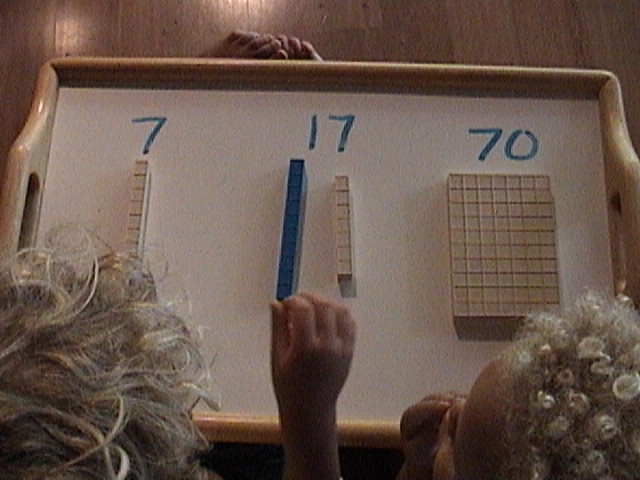 The vocabulary words sound similar but there is a big difference between sevenTEEN, sevenTY and seven. They can see, feel and hear the difference. Base ten blocks make differences (and similarities) visually obvious.
The vocabulary words sound similar but there is a big difference between sevenTEEN, sevenTY and seven. They can see, feel and hear the difference. Base ten blocks make differences (and similarities) visually obvious.Many will start in Level 1 with students who are 5 and up, but keep in mind age is not always the determining factor, you can use level one with younger students also. Students may be working in several Lvl 1 books and several smiley face books ALL AT ONCE. The five strands (Arithmetic, Algebra, Calculus, Measurement, and Problem Solving) are designed to reinforce each other. Math is a language and you will see that contrary to some people's biases the students do not get confused when working in many strands at the same time, they actually get a better understanding of how it all fits together so beautifully.
Students will move from strand to strand with ease. One method is to have the student work in one strand Monday, another Tuesday, etc.
Another procedure is to have the student do one or more pages in each strand every day.
One day a week might be used for supplemental materials (i.e., Games and Activities, Addition or Multiplication Facts Mastery Books, Smiley Face Books). A rule of thumb is that young children should not get more than three books ahead in any one strand. This is by no means a hard and fast rule. DO NOT discourage the child if they are having fun and show an interest in whatever topic it is. Encourage them to use other books too and be sure to have them make up their own problems that are not in the books as they go along.
Play games, build towers and walls, do the cartwheels and other games to promote the fun learning of basic addition facts. Make math fun. Keep it fun. Focus on one sum at a time and master all 45 addends. Use the Addition Facts Mastery Books as fun written discovery and practice not as drill and drudgery. Remember that these are used to supplement the core program.
Build stuff and count it.
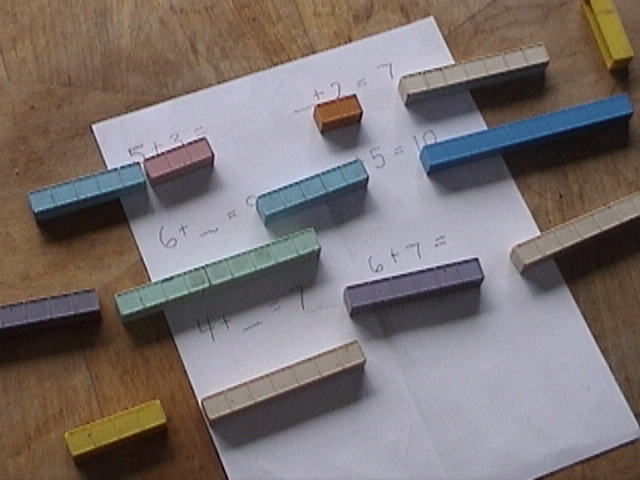
The Level 1 Teaching Manual is written in a slightly different format than is customary. The manual starts with an overview of several Algebra books and contains several important concepts and techniques. There is a brief overview of the concept being taught. Then there is a (different) specific example shown along with sample dialogue. The strands are arranged alphabetically for your convenience.
As children work in Level 1 have them return to the Smiley Face Series as appropriate, just because you finished a book or strand doesn't mean you can't return to it later. Indeed you may need to return to them several times over the years. It isn't ever going to be "one and done." We suggest using them as an introduction to larger multiplication and division problems and addition/subtraction problems involving regrouping. Books should be used ALONG WITH not INSTEAD OF the base ten blocks. Use the base ten blocks to work the problems they see in the books, that way they get three inputs: 1) building with the manipulatives (Kinesthetic). 2) Visual image by drawing the base ten blocks (Visual). 3) They hear the symbols spoken and relate those symbols and sounds to the pictures and base ten blocks (auditory).
GETTING STARTED USING BASE TEN BLOCKS WITH CHILDREN AGES 8 TO 10
If you haven't already read the preceding information, please do so. Many older children will benefit from the Smiley Face Series, Addition and Multiplication Facts Mastery Books and the Games and Activities contained in the Series A Manuals and elsewhere on this website and on the blog.
Many parents will have older children work through all the books just to become familiar with the program. Another approach is to present the concepts and work a few problems in each strand of the first few books until mastery is shown. You can then increase the number of problems to be done as the books become more advanced. Again have the children make up their own problems. At this age, the children will probably do all of the Algebra, and most of the Calculus and Measurement books. It is best for the student to start completing a book or two before they begin working with totally new concepts.
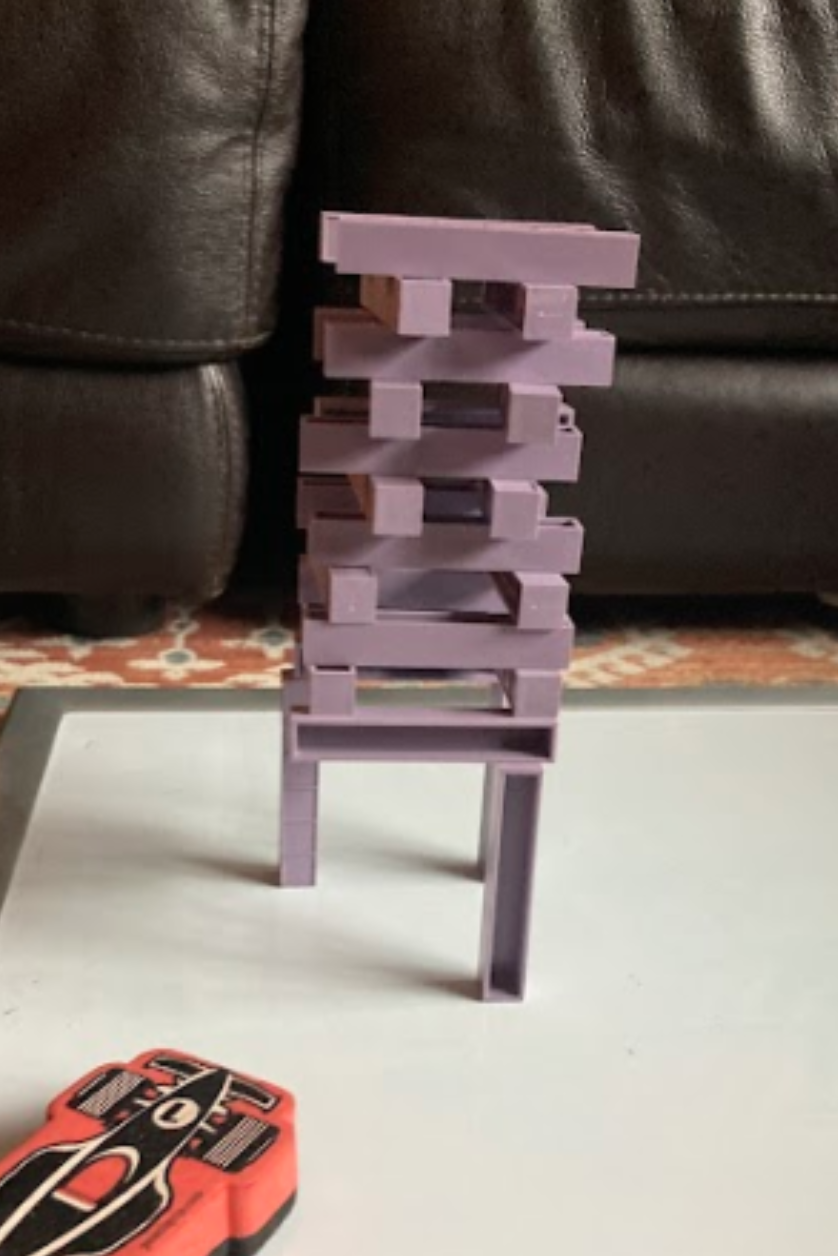
Having older students become familiar with concepts and working with or checking the work of younger students gives them the opportunity to internalize basic concepts. Having students teach each other is optimal. Older students teaching younger students is the most obvious case (or older siblings teaching the younger siblings) but be aware that sometimes the younger students can teach older students and children who have gone down one strand can then help teach it to a fellow student who hasn't gone down that strand yet.
Cooperative learning and children being given some general direction but also the ability to explore and discover for themselves is what you are striving for, again this is problematic in public schools where segmentation, rules and process, and memorization rule the day. Everybody must do the same thing at the same time. Look around, when it comes to the mathematics, how is that working out?
GET STARTED USING BASE TEN BLOCKS WITH OLDER STUDENTS (11 TO ADULT)
As with all ages of math students, we would like you to start at the beginning to see how the concepts and methodology develop and fit together. However, we realize this may not be practical or enjoyable for all people who are getting started with Mortensen Math and base ten blocks.
Instead, choose a topic that sounds fun or interesting and start there.
You may not need to do every problem, but do attempt some in every book. You might not write in the first several books at all; however, you will see a need to participate as you progress. Smiley Face Multiplication and Division introduce older students to a fun, new way of looking at these operations and should not be overlooked. You may want to use page protectors or some form of sheet protector and write on those instead of writing directly in the books so you can use them over and over again. As the students get older they may want to copy some problems out of these books and into their own journals or math note books.
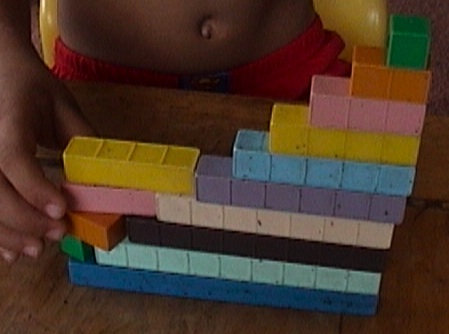 Put the child in a situation where they can not fail. Create Math rich environment. Build stuff. Count it. Ask questions. Point to the four what does four need to be ten? Do this for each missing piece. Visually obvious.
Later 4 + x = 10 is EZ! Vertical Alignment.
Put the child in a situation where they can not fail. Create Math rich environment. Build stuff. Count it. Ask questions. Point to the four what does four need to be ten? Do this for each missing piece. Visually obvious.
Later 4 + x = 10 is EZ! Vertical Alignment.i was going to re-write this but i will leave it like it is:
"You will first use the hands-on materials/manipulatives while following the illustrations in the books. Then you will use mostly drawings to solve the problems. You will then start to see the pictures in your head and can then just deal with the standard mathematical notation.
As you continue, you will want to use the manipulatives with each new concept. This is the design of the program. We want you to use the blocks in each new area and then gradually move to the abstract."
Instead i will comment: When getting started with any new concept, always start in the concrete (with base ten blocks) no matter what age they are, using the three period lesson. Then as much as possible move to drawings and then to the symbols. Sometimes you have to go from the concrete directly to the symbols but be sure to go back and make sketches or drawings of the base ten blocks. My own sons have gotten to the point where they can see the problems in their heads. They look like little geniuses when I ask them to square root x² + 8x +16 and they do it orally with no base ten blocks drawings or symbols...just words. They are looking at a picture in their minds. At the time of that writing they were 5 and 7. My older son went on to get a perfect score on the State Of Hawaii GED practice test.
"Using the blocks to do problems that you can already do on paper with traditional methods allows you to discover your own understanding. You'll be amazed at what you will learn.
Remember, math is FUN. Just because you are older does not mean that everything will be crystal clear as soon as you look at it. Give it some time. You will be re-training many of your mental images of mathematics. Allow your subconscious to work for you. Give yourself space and time. It will come!"
Here are a few FREE PDFs you:
Some old articles about Mortensen Math.
Scope and Sequence of the Books.
Judy Townsend on "why" Mortensen Math
Progress Charts For Mortensen Math Books
Skip Count Underlays
Practice Polynomials For Addends and Multiplication
Five Basic Concepts.
Be sure to buy some gold stars. Kids love gold stars. There are two pages you can print. One for Smiley Face and the Facts Mastery, and one for the 5 strands of Level 1 which you can use for the other levels too since the strands are the same in each level.
Teachers and Homeschoolers will like the scope and sequence and perhaps the perspective of a Montessori Teacher with regard to why Mortensen Math is a superior way to teach mathematics. Those curious can get a glimpse of the former greatness that was Mortensen Math, check out those articles.
Mortensen
more than Math
AS YOU WORK WITH THE MORTENSEN MATH PROGRAM THERE ARE THEMES THAT YOU WILL SEE REPEATED OR THAT ARE VALUABLE VERBALIZATIONS. This list is included as a reference and review. Not all of the themes will make sense the first few times that you read them. Some are important in using the higher level books. All of these are crucially important concepts and you will find understanding them adds deeper understanding for your students. You will also find some of them are deceptively simple and more understanding will be added as time and lessons go on.
Very simply: What is math?
COUNTING
• What is math?
Math is the study of numbers.
• What do we do with numbers?
We count with them.
• Before we can count we must know what "one" is.
• Before we can count we must have the same kind.
• We never count past nine. When we have nine and get one more, it makes one of the next largest kind.
• Number have two parts, the "how many" part and the "what kind" part
• Imagination not memorization.
IMPORTANT CONCEPTS AND VERBALIZATIONS
For more click the "concepts" tab.
• "What is the question?" is more important than "What is the answer?"
• What are we counting?
• Addition, subtraction, multiplication, and division are just fast ways to count.
• Multiplication is counting a number a number of times.
• Division is just counting how many times one number is contained in another number.
• We use the rectangle to facilitate counting that is we use the rectangle to make counting easier.
• When we need a "Hero," call on "Zero."
• If it's no fun, get back to one. (Level 3)
These last to are useful in all problem solving and "advanced" mathematics.
• Hero Zero
• No fun get back to one.
THREE PERIOD LESSON
This is so important you will find it several times on this website. Clue.
1. THIS IS .....
Identify for student
2. SHOW ME .....
Student points to (holds up) selects
3. WHAT IS? ....
Student names
KEY PHRASES THAT DEVELOP CONFIDENCE AND UNDERSTANDING
Use these when the problem is done correctly as well as incorrectly.
• How do you know?
• Will you show me (her/him)?
• Check by using the base ten blocks.
• Can you think of another way to show (do) it?
• What is the same? What is different?
And, of course, Remove the NO from the lesson.
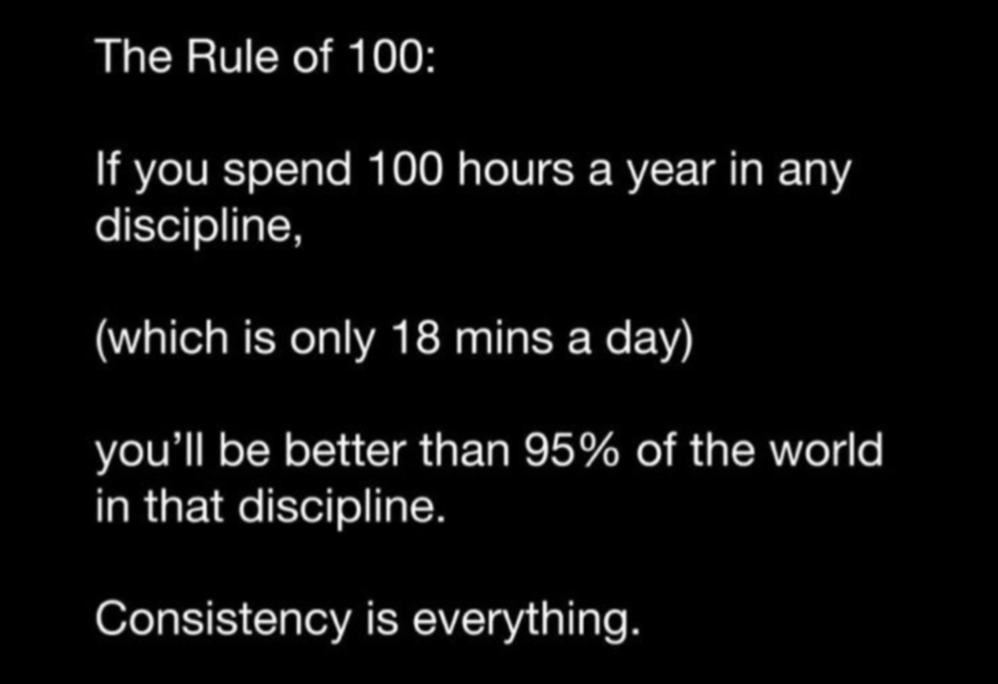
What To Do Next.
1) There is a lot more info on this site, so first thing is not to get overwhelmed. You have lots of options but you might want to check out this page next. It tells you what you get for a password...AND has links to lots of pages that have FREE video lessons or excerpts. It is my recommendation that you spend time with the free material first, although a lot of people have bought a password early on because they had specific needs (Trig, algebra etc). If you're homeschooling young children, you can literally start anywhere but you may want to start on the counting with base ten blocks page. Check out all the free resources you get there. Take advantage of them. There is no catch they are free.
Or for an example of how to start a young new student check out McCray's page.
Free stuff is FREE.
No need to register, create an account, give any information whatsoever, except for one PDF where i need an email to send it to. Most people who get Supremely Simple Subtraction end up getting a password or Passport anyway. True story. You will not find the knowledge of using addends to subtract anywhere else not even in Jerry's books. He caved under "peer pressure". He taught me the proper way, the way you see in Supremely Simple Subtraction. But he uses the borrowing algorithm...i just talk to the ten. He was trying to appease the DOE. It's a long story. Long story short math has always been a secret just ask any Pythagorean. There are secrets hidden in plain sight all over the password protected pages, behind the paywalls, if you know what you are looking at, no offense, but most of you don't.
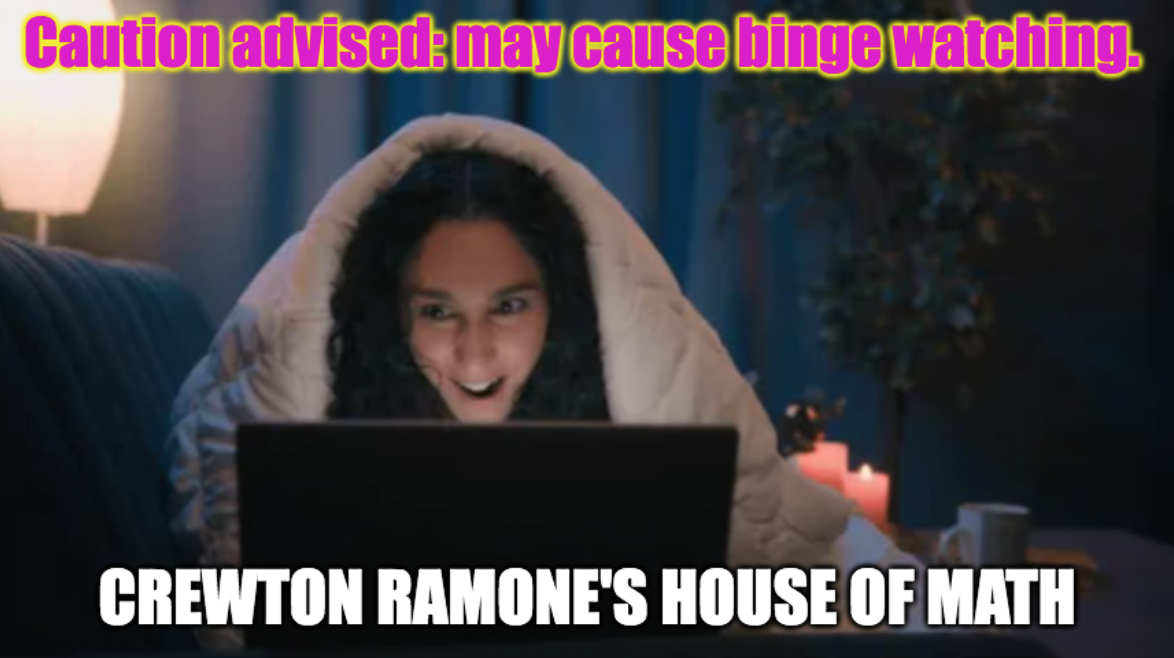
Either way, go thru all the free stuff (just click links, watch videos, read pdfs.), either before, during or after you get a password, both the website and blog are chock full of rich, usable content. The Trivium is a great place to spend time, there you will find the roots of both this method and the homeschool movement.
2) THEN check out this EZ PZ Overview, which you can purchase separately or as part of a LifeTime Passport.
Highly Recommended
3) NEXT, Check out the Series A Manuals page, which you can also purchase separately or as part of a LifeTime Passport. Watch the short Introductory Video. These manuals will help to demystify the methodology, and i highly recommend them, more than any other book or manual Mortensen Company makes.
And if you haven't already, watch the One-Hour Introductory Video at the top of this page. There are also great videos showing the use of the methodology & base ten blocks in use in Montessori Schools and some of the history behind it at the No Mystery Theatre.
Make me an email folder.
You might also bookmark this page AND set up an email folder. i don't send very much email but when i do it's usually pdfs and passwords. i've been doing this 16 years now and every year i get more than a few people who lost passwords or pdfs because they cleaned out their inbox...make a folder now while you are thinking about it, titled Math or Crewton Ramone and then info that comes via email will be easy to find. Put your paypal receipts in there.
Free is free, no email required.
Here are a few FREE PDFs you:
Some old articles about Mortensen Math.
Scope and Sequence of the Books.
Judy Townsend on "why" Mortensen Math
Progress Charts For Mortensen Math Books
Skip Count Underlays
Practice Polynomials For Addends and Multiplication
Five Basic Concepts.
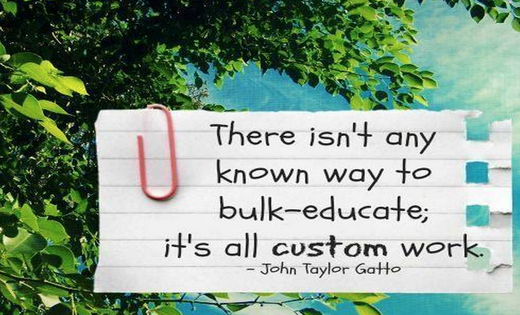

Go Home From Getting Started.

Get started for 97 bucks.
Concepts
The Trivium
EZ PZ overview
Module one
ALLegedly ADVanced ALgebra

"The only way to learn mathematics is to do mathematics". ~Anon
“The teacher has two tasks: to lead the children to concentration and to help them in their development afterwards.” ~Maria Montessori
“The dream begins, most of the time, with a teacher who believes in you, who tugs and pushes and leads you on to the next plateau, sometimes poking you with a sharp stick called truth.” ~Dan Rather
“Preventing conflicts is the work of politics; establishing peace is the work of education.” – Maria Montessori
A favorite or Mortensen ttrainers:
“Tell me and I forget. Teach me and I remember. Involve me and I learn.” ~Benjamin Franklin
“Teaching is the greatest act of optimism.” ~Colleen Wilcox
“Teaching is the one profession that creates all other professions.” ~Author unknown
“In learning you will teach, and in teaching you will learn.” ~Phil Collins
Want to see more free pages & lessons & other free stuff on this site?
Consider a dollar a month.
For $1 per month (the lowest level subscription) you get access to
The
Super Duper Super Secret Facebook Page.
You'll find hours and hours of videos with base ten blocks and information you won't find anywhere else not even on this website there. i often post video tutoring sessions there. Other people post vids and links there too. Lessons cost the people doing them minimum $60.00 and hour. You can watch 2 to 10 of them a month for a dollar...Do the math. Currently 127 people are there. About half of them are active.
You basically get a support group for a buck a month.
Here's My Patreon:
https://www.patreon.com/CrewtonRamone
Note: from time to time the passwords change. Simply e-mail me for a new one or a new passport as the case may be. Annual passes are good for one year, lifetime passes are good for as long as the site remains up, (site has been up for eight years now). All single page passwords have lifetime renewal.
Note: Mortensen Product Ordering Buttons Have Been Removed Due To Shipping/Inventory Issues. i basically DO NOT sell product for them anymore. Use eBay or other sources for base ten blocks. Check with Anna's Math Page.
Want to see more free pages & lessons & other free stuff on this site?
Consider a dollar a month.
For $1 per month (the lowest level subscription) you get access to
The
Super Duper Super Secret Facebook Page.
You'll find hours and hours of videos with base ten blocks and information you won't find anywhere else not even on this website there. i often post video tutoring sessions there. Other people post vids and links there too. Lessons cost the people doing them minimum $60.00 and hour. You can watch 2 to 10 of them a month for a dollar...Do the math. Currently 127 people are there. About half of them are active.
You basically get a support group for a buck a month.
Here's My Patreon:
https://www.patreon.com/CrewtonRamone
Passwords have changed as of July2023.
The superduper supersecret math page on Facebook is NOT FREE. Just sign up for a buck a month or buy books or a password.
People are shocked and amazed when they see how much they get for a password. $43.33 goes a long way at the house of math.
